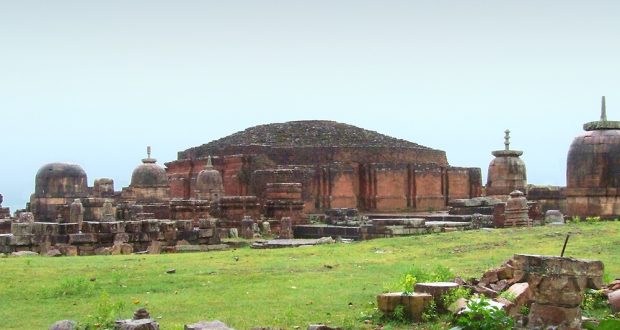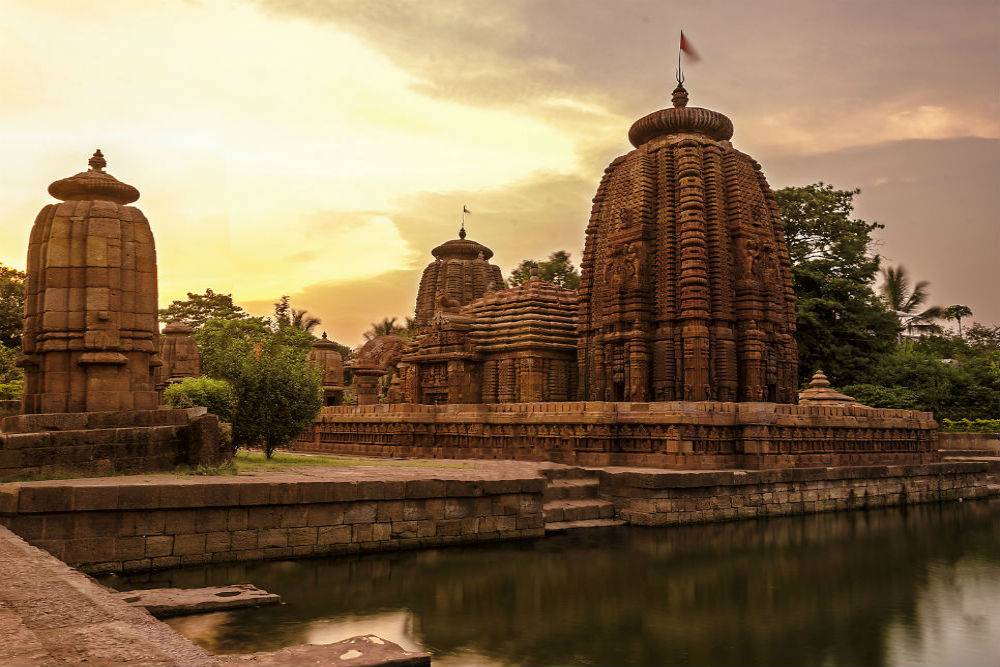The antiquity of temples in tandem with the serene and sublime natural extravaganza, makes Odisha a unique destination for spiritual alleviation. Therefore, the motivation to visit Odisha transcends faith or religion to a more encompassing concept of pilgrimage, festivals, meditation, yoga and wellness.
India’s spiritual tourism market is booming, driven by government investment, digital platforms, and social media, projected to reach $59 billion by 2028. Key factors include pilgrimage sites like Varanasi, Puri and the Ayodhya temple, a rise in influencers and younger tourists, and government initiatives like developing infrastructure and promoting religious sites. The sector is also seeing growth in related areas such as “religion tech,” wellness retreats, and eco-spiritual tourism.
The market size and growth of spiritual tourism segment is remarkably visible. The market is experiencing a surge in both domestic and international visitors, with 1.43 billion Indian tourists and 6.64 million international visitors traveling for spiritual purposes in 2022, a substantial increase from the previous year.
This sector generated over $16 billion (INR 1.34 lakh crore) in revenue in 2022, highlighting its economic importance. There is possibility of growth under this segment, as the market forecast is positive. It will continue growing, with some reports predicting it could reach $59 billion by 2028 and generate over 100 million jobs.
There are some Key Drivers and Trends visible in this segment. These can be categorised as Government Initiatives, Digital Platforms and Social Media, Inauguration of Major Sites and Emergence of New Concepts. The Indian government has invested heavily in developing and promoting religious and pilgrimage sites, improving transportation, and supporting related sectors. Online booking platforms, “religion tech” startups offering virtual experiences, and the influence of social media and celebrities are increasing the market’s reach and appeal, especially to younger generations. The opening of major projects like the Ram Temple in Ayodhya has significantly boosted visitor numbers and associated businesses. The market is expanding beyond traditional pilgrimage to include wellness tourism, yoga retreats, and eco-spiritual tourism, combining spiritual experiences with natural settings.
Spiritual tourism segment has a lot of impacts and opportunities on overall tourism sector. This tourism segment is a major contributor to the Indian economy, generating substantial revenue and creating job opportunities. The growing demand is leading to rapid expansion of hotels, new airline routes, and improved transportation networks like railways, linking previously remote sites. The boom in spiritual tourism also presents challenges such as potential over-tourism, strain on infrastructure, and the need for sustainable management of cultural and natural resources. The overall law and order position at each point of tourism interest is also a big challenge to keep vigil and control, failing which, tourist footfall may be affected.
Odisha’s spiritual tourism market centers on its sacred sites like the Jagannath Temple in Puri, a key pilgrimage destination and part of the Golden Triangle with Bhubaneswar and Konark. The state government is investing in infrastructure and accommodations, such as new hotel projects in Puri and the Jagannath Temple Corridor project, to boost visitor numbers and economic contribution. This growth is driven by the region’s rich temple architecture, spiritual festivals, and other cultural offerings, which attract a significant number of tourists.
The state’s spiritual tourism is dominated by the “Golden Triangle” of Puri, Bhubaneswar, and Konark, renowned for their temples and cultural heritage. Sri Jagannath Temple, Puri is a major draw, being one of the four most important Hindu pilgrimage Dhams in India, which attracts a vast number of visitors, especially during festivals like the Rath Yatra. No pilgrimage tour is complete without the quintessential visit to Jagannath temple.Bhubaneswar is the “City of Temples”, which features a high concentration of ancient temples, making it a vital part of the state’s spiritual tourism offerings. Konark Sun Temple is a UNESCO world heritage site, this architectural marvel depicting a chariot is a significant spiritual and cultural attraction.
Beyond temples, Odisha’s market also includes spiritual sites, Mathas, Ashrams, and virgin beaches, offering a holistic spiritual experience. The Odisha government is actively involved in developing the tourism infrastructure, including the Jagannath Temple Corridor Project, and improving accommodations to enhance visitor experience and stay. Tourism, with its spiritual component, contributes significantly to Odisha’s economy. The sector contributed 13% to the state’s GDP in 2022, and major infrastructure projects are expected to further boost this to an anticipated 15% by late 2025.
With the completion of the Jagannath Temple corridor, the upcoming SriJagannath International Airport, and the planned addition of branded star category hotels, Odisha’s spiritual tourism market is poised for significant growth, potentially creating more jobs and increasing the sector’s contribution to the state’s GDP.
Odisha is a land of ancient temples. Nevertheless, the antiquity of temples in tandem with the serene and sublime natural extravaganza, makes the state a unique destination for spiritual alleviation. Therefore, the motivation to visit Odisha transcends faith or religion to a more encompassing concept of pilgrimage, festivals, meditation, yoga and wellness. Odisha fits the bill, be it as the potent fervor of temples, the meditative calmness of the waves, or the refreshing air of the forests.
The Jagannath temple complex also enshrines Pada-Vimala temple, which is one of the 52 Sakti peeths (shrines) in India. Tara Tarini Sthana Khanda, Purnagiri, near Berhampur is another. In fact, both are two amongst the four Adisakti peeth of the 52 enlisted.
Buddhism flourished in Odisha. Ratnagiri, Lalitgiri, Chandragiri, and Dhauli monuments stand as a proud testament to the flourishing of Buddhist religion in the state. A trip across the destination will transport you into an era of the pursuit of attainment of Bodhi, the ultimate enlightenment. The Udayagiri and Khandagiri caves to the west of Bhubaneswar are the multi-storied ancient apartment residence for Jain monks by the Odia ruler, King Kharavela. The inscriptions recreate the king’s military exploits, and also that his royal city had gate towers, bathing and drinking tanks, and was the scene of formally organized music and dance performances, as well as sporting and social events.
Growth in Spiritual Tourism segment can flourish in Odisha, if establishment of more dormitories, cheaper lodgings and road connectivity is given attention. More importantly, sanitation at the heritage sites is paramount as the tourists, especially women, find it difficult while fetching toilets.
 Indian Industry Plus A Pratisrutiplus Suppliment
Indian Industry Plus A Pratisrutiplus Suppliment













